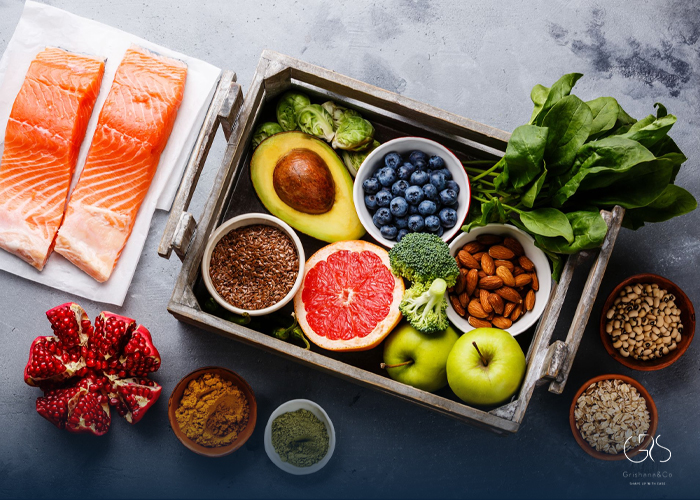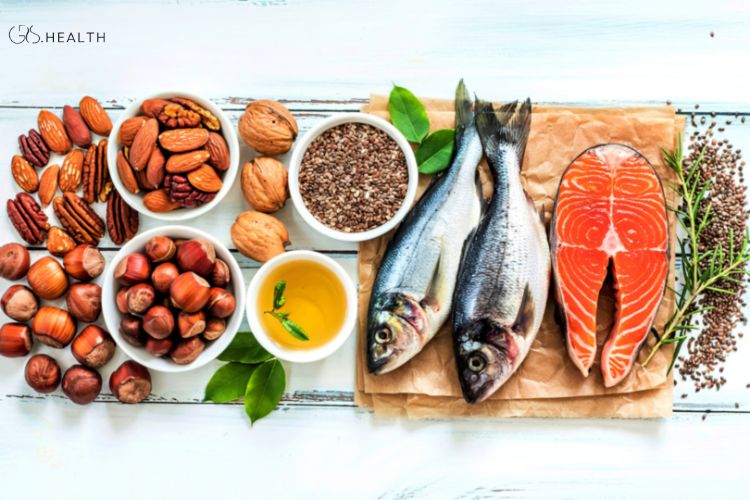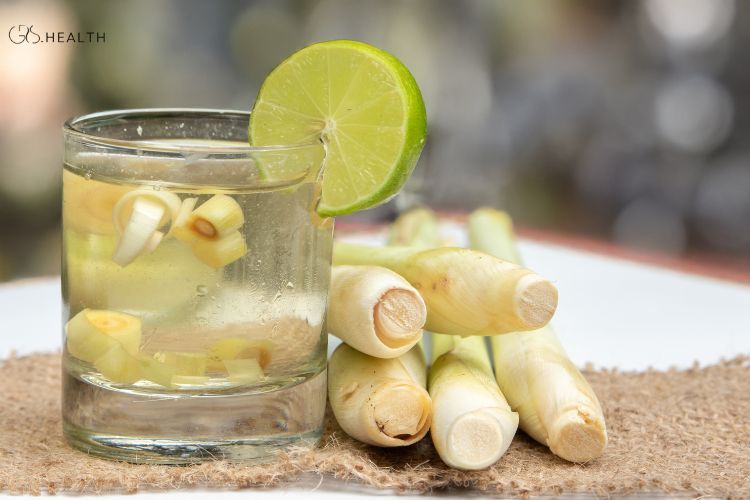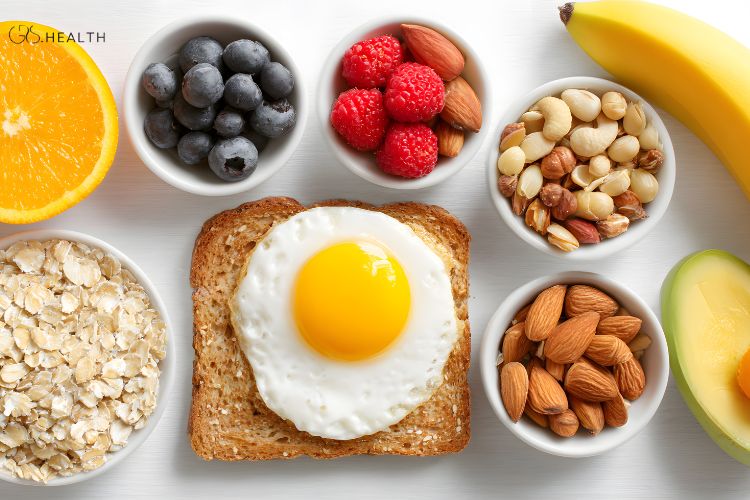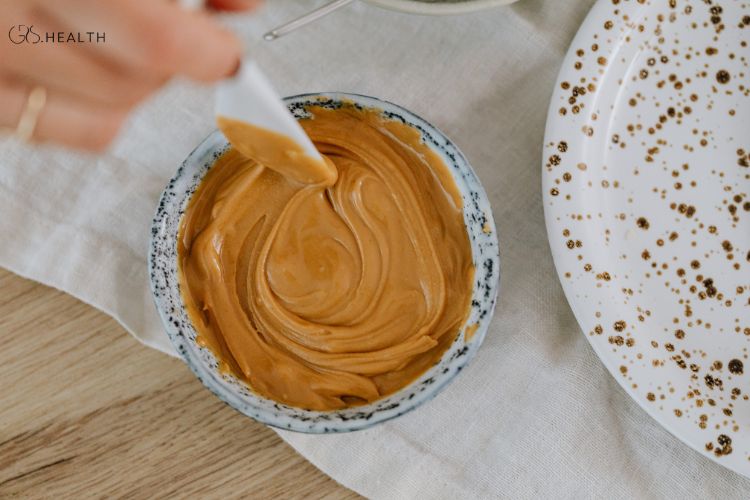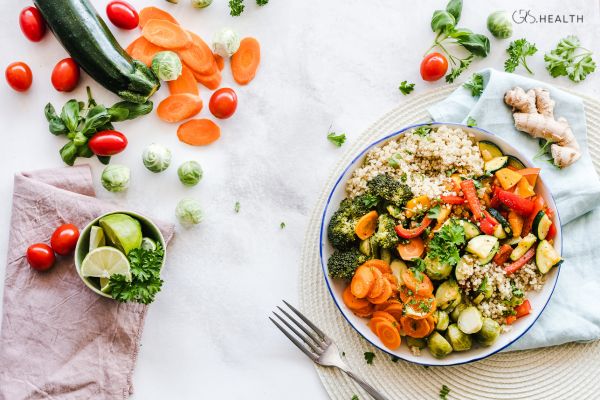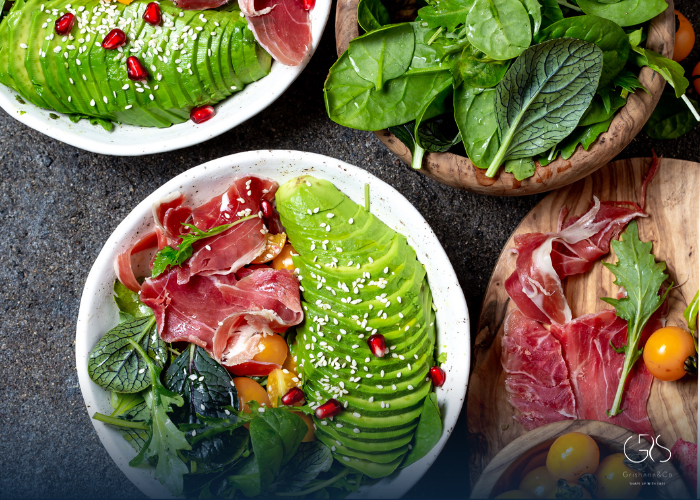High blood pressure, also known as hypertension, affects millions of people around the world and is a leading cause of cardiovascular diseases. According to the World Health Organization (WHO), hypertension is estimated to cause 7.5 million deaths worldwide every year, accounting for 12.8% of all deaths. It is clear that managing blood pressure is crucial for maintaining overall health and well-being. While medication can be helpful, adopting a healthy diet is an essential part of managing high blood pressure. In this article, we will explore the best foods and drinks that can help in controlling and preventing hypertension, taking into account diverse perspectives and relevant statistics.
Understanding High Blood Pressure and Its Causes
High blood pressure, resulting from consistently elevated blood force against artery walls, can lead to severe health issues like heart disease, stroke, and kidney problems. Contributing factors include genetics, age, and lifestyle choices such as diet, physical inactivity, and adhering to recommended alcohol consumption limits.
The DASH Diet: A Proven Approach
The Dietary Approaches to Stop Hypertension (DASH) diet is widely recommended by healthcare professionals for individuals with high blood pressure. The DASH diet emphasizes the consumption of fruits, vegetables, whole grains, lean proteins, and low-fat dairy products. This approach also encourages reducing the intake of sodium, saturated fats, and added sugars, all of which are known to contribute to elevated blood pressure.
Best Foods for High Blood Pressure
Leafy Greens: Foods like spinach, kale, and Swiss chard are high in potassium, which helps the body get rid of sodium and ease pressure on the blood vessels.
(Read more about the benefits of spinach in our article.)
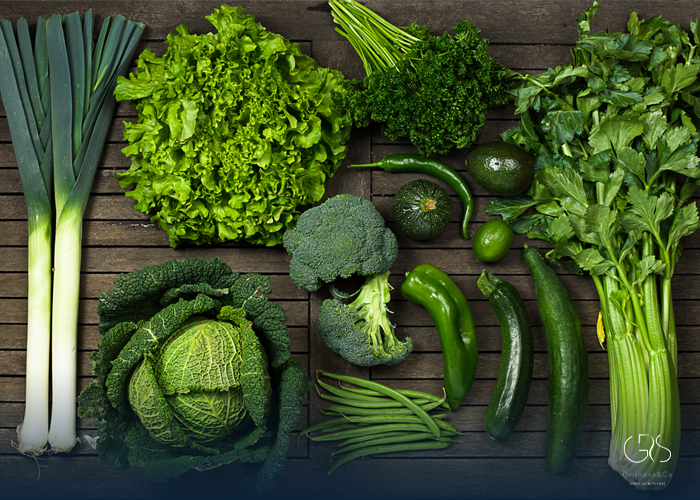
Berries: Blueberries, strawberries, and raspberries are rich in natural compounds called flavonoids, which have been shown to reduce blood pressure.
(Check out my article on the benefits of blueberries)
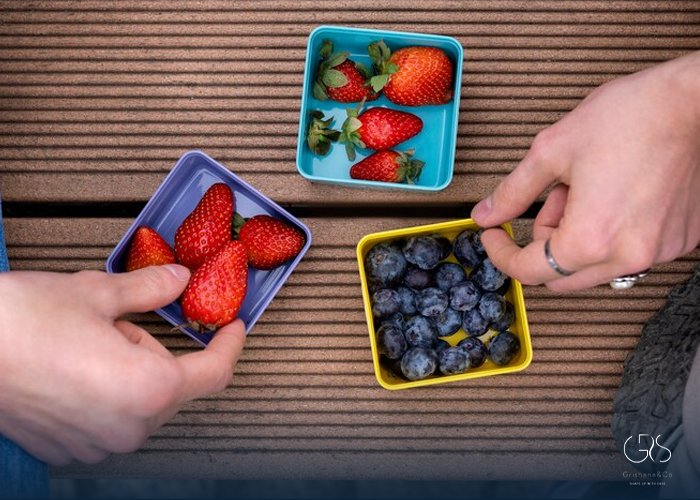
Oatmeal: This whole grain is high in fiber, which can help control blood pressure and improve overall heart health.
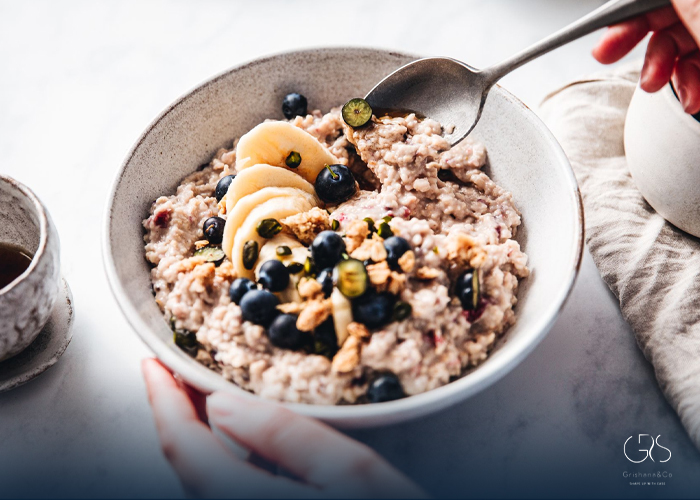
Fish: Fatty fish like salmon, mackerel, and sardines are excellent sources of omega-3 fatty acids, which help lower blood pressure and reduce inflammation in the body.
(I suggest checking out my article on high-protein fish.)
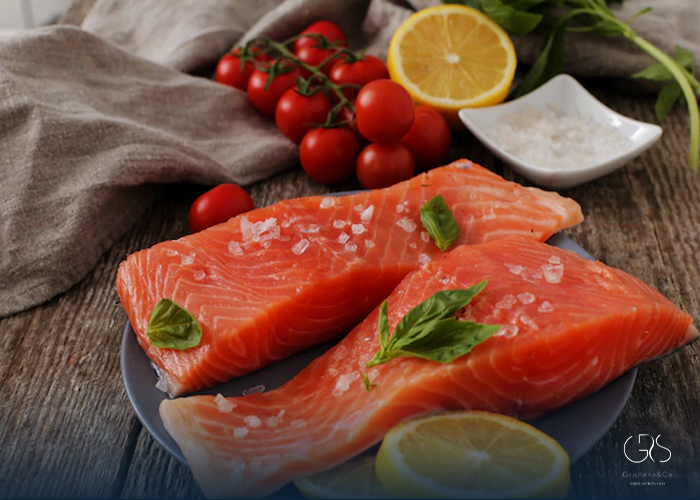
Seeds and Nuts: Sunflower seeds, almonds, and pistachios are good sources of magnesium, which plays a key role in regulating blood pressure.
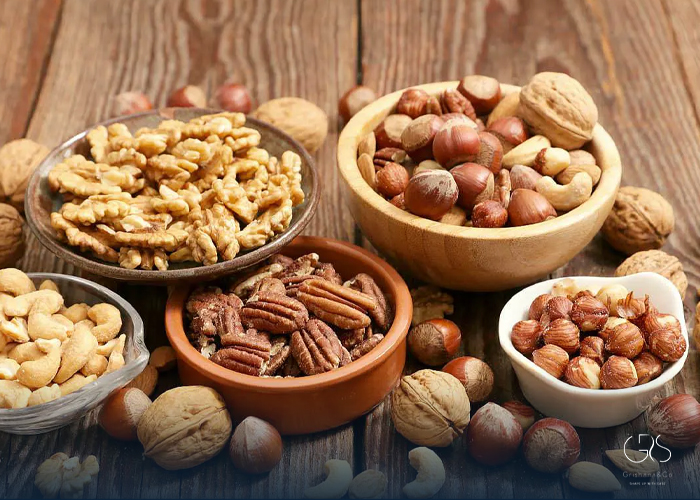
Hydration and High Blood Pressure
In addition to selecting the right foods, proper hydration is essential for maintaining healthy blood pressure levels. Drinking an adequate amount of water can help the body flush out excess sodium, thus lowering blood pressure. Diverse perspectives from around the world acknowledge the importance of adequate hydration in managing high blood pressure.
Foods and Beverages to Avoid
It is equally important to be aware of the foods and drinks that can exacerbate high blood pressure. High-sodium foods such as processed meats, canned soups, and fast food should be limited. Additionally, excessive consumption of alcoholic beverages can raise blood pressure, so moderation is key. Sugar-sweetened beverages and excessive caffeine intake can also contribute to elevated blood pressure and should be consumed in moderation.
High Blood Pressure-Friendly Meal Ideas
When planning a high blood pressure-friendly diet, incorporating meals rich in nutrients associated with improved blood pressure levels and reduced heart disease risk is essential. Here are some meal ideas that are designed to support a healthy blood pressure regimen:
Breakfast
Kickstart your day with these nutritious breakfast options:
- Scrambled eggs combined with spinach and mushrooms, served alongside sliced avocado and fresh berries.
- Prepare overnight oats using collagen peptides, Greek yogurt, almond butter, chia seeds, and fresh berries.
- Enjoy a hearty chickpea, spinach, and sweet potato hash to fuel your morning.
Lunch
For a satisfying midday meal, consider these lunch selections:
- Indulge in a veggie and salmon grain bowl featuring salmon, quinoa, and an array of mixed vegetables.
- Delight in a chunky vegetable and lentil soup paired with a spinach salad topped with pumpkin seeds, goat cheese, and chopped apple.
- Relish a feta chicken burger served atop a Greek salad for a flavorful lunch option.
Dinner
End your day with these delectable dinner choices:
- Treat yourself to a Mexican grain bowl comprising ground turkey, black beans, peppers, sliced avocado, and salsa.
- Savor a comforting Cioppino seafood stew for a nourishing evening meal.
- Enjoy Greek marinated shrimp skewers and vegetables over brown rice for a wholesome and satisfying dinner option.
Dietary Considerations for Diverse Populations
It is crucial to recognize that dietary preferences and cultural traditions vary widely across different communities. For instance, the Mediterranean diet, which emphasizes whole grains, lean proteins, and healthy fats like olive oil, has been associated with lower blood pressure and reduced risk of cardiovascular diseases. Similarly, traditional Asian diets, which are rich in vegetables, tofu, and fish, have also been linked to better blood pressure control.
(If you’re interested in olive oil or avocado oil , check out this informative article)
Conclusion
A high blood pressure diet that focuses on the consumption of fruits, vegetables, whole grains, lean proteins, and adequate hydration can play a crucial role in managing and preventing hypertension. As the global prevalence of high blood pressure continues to rise, it is important for individuals to make informed dietary choices that can have a positive impact on their cardiovascular health. By understanding the best foods and drinks for high blood pressure and considering diverse perspectives, we can work towards reducing the burden of hypertension on a global scale.
Sources
- World Health Organization (WHO), Hypertension
- American Heart Association (AHA), Facts About High Blood Pressure
- Mayo Clinic, 10 ways to control high blood pressure without medication


